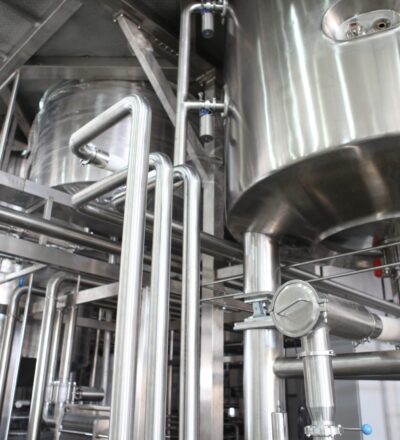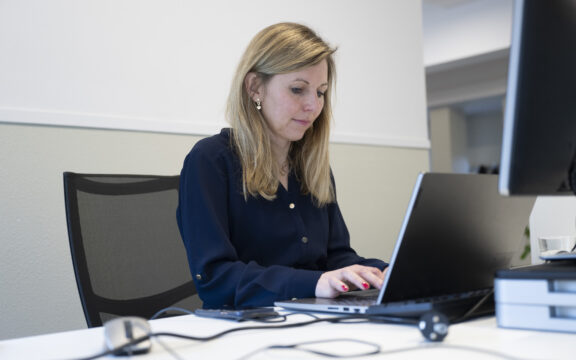Membranes are used worldwide at large scale to purify surface- or wastewater and are increasingly applied in organic solvents streams. This project focuses on the re-use of industrial solvent process streams with ceramic nanofiltration membranes with adaptable surface properties.
In short:
- Organic solvents are treated with energy intensive technologies, e.g. distillation
- Within these processes small pores in polymeric membranes can change due to contact, making the performance less reliable
- We focus on ceramic organic solvent nanofiltration membranes with small pore sizes and high throughputs
Traditional technologies are energy intensive
Large volumes of organic solvents containing small molecules at elevated temperatures are still treated with energy-intensive traditional technologies like distillation. In contact with these solvents, the small pores in polymeric membranes can change due to solvent-membrane interactions (swelling) resulting in an unreliable performance of polymeric membranes. Ceramic membranes have the advantage that the pore size is not affected during the separation, but currently, ceramic membranes with similar small pore sizes as polymeric membranes cannot be reproducibly made commercially.
A novel approach
In the ReSolve project, ceramic organic solvent nanofiltration membranes with small pore sizes and high throughputs, as compared to polymeric membranes, will be developed by a novel combination of sol-gel coating and atomic layer deposition (ALD). This invention is equivalent to the Gardena Combi system where a unique connection piece made it possible to connect multiple parts to a base unit.
A unique base unit will be developed via sol-gel coating, and the desired final small membrane pore sizes are generated with ALD. In one cycle, a thin film at the atomic level will be deposited in the membrane pores. Increasing the number of cycles will result in a well-controlled and reproducible linear decrease of the pore size, allowing to commercially fabricate a range of ceramic membranes with small pore sizes. A provisional patent for this novel approach is filed.
Expected results
The proposed approach will (a) enable a wide range of non-swelling ceramic organic solvent nanofiltration membranes with tuned surface properties and high permeabilities as well as (b) provide new knowledge on the effect of different co-precursor treatment for tuning the membrane surface chemisty.
Join us
Keep an eye out on our LinkedIn or newsletter for regular updates on the ReSolve project.
You might also be interested in
Acknowledgement & partners








